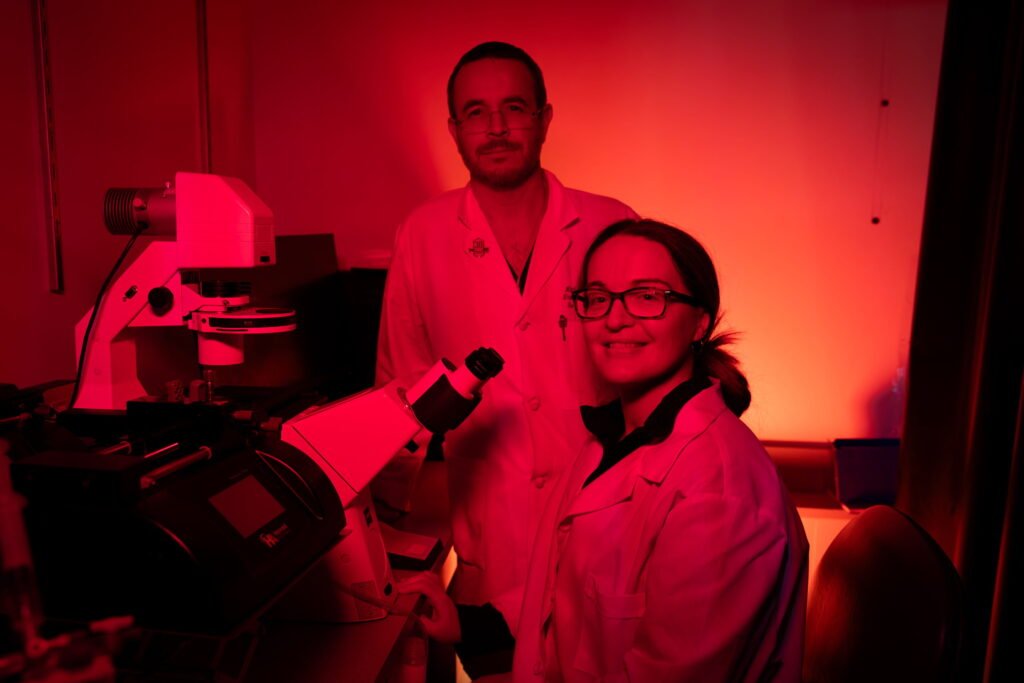A groundbreaking study led by University of Pittsburgh School of Medicine and UPMC surgeon-scientists has revealed a fascinating connection between red light exposure and a lowered risk of blood clots. The research, published in the Journal of Thrombosis and Haemostasis, suggests that humans and mice exposed to long-wavelength red light may experience reduced rates of blood clots that can lead to serious health conditions such as heart attacks, lung damage, and strokes.
Lead author Dr. Elizabeth Andraska, along with her colleagues, conducted experiments on mice exposed to red, blue, or white light for 12 hours followed by 12 hours of darkness in a 72-hour cycle. Surprisingly, the mice exposed to red light had nearly five times fewer blood clots compared to those exposed to blue or white light. This discovery opens up new possibilities for a relatively inexpensive therapy that could benefit millions of people by reducing the risk of blood clots in veins and arteries.
The study also analyzed data from over 10,000 patients who underwent cataract surgery and received either conventional lenses or blue light-filtering lenses. Remarkably, cancer patients who received blue light-filtering lenses had a lower risk of blood clots compared to those with conventional lenses. This finding is particularly significant as cancer patients are at a higher risk of developing blood clots.
Senior author Dr. Matthew Neal emphasized that understanding how light exposure influences the body’s response to injury could have a profound impact on reducing the number of deaths and disabilities caused by blood clots worldwide. The team observed that red light exposure is associated with reduced inflammation and immune system activation, leading to fewer neutrophil extracellular traps and increased fatty acid production, both of which contribute to lower clot formation.
Moving forward, the researchers are developing red light goggles to control light exposure and are exploring who may benefit the most from this therapy. The ultimate goal is to conduct clinical trials to verify these findings and potentially develop more potent and convenient treatments for patients at high risk for blood clots.
This groundbreaking research sheds light on the powerful influence of light exposure on our health and underscores the potential for innovative therapies to prevent life-threatening blood clots. Stay tuned for more developments in this exciting field of study.
For more information, you can access the original study titled “Alterations in visible light exposure modulate platelet function and regulate thrombus formation” in the Journal of Thrombosis and Haemostasis. This research was made possible by the University of Pittsburgh Schools of the Health Sciences.
(Source: University of Pittsburgh Schools of the Health Sciences)


